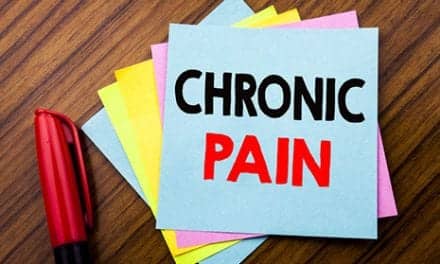Stroke survivors reportedly have an up to four times greater risk for osteoporosis, broken bones, and fall risk than healthy people. However, a majority of them are not screened for these conditions, suggests new research in the American Heart Association’s journal Stroke.
Stroke survivors often face reduced mobility — a trait that decreases bone mineral density and increases risk for bone breaks.
Less than one-third of older women living in the United States are screened for osteoporosis, and the treatment rate for some high-risk patients tops out at 30%, according to a media release from American Heart Association.
“Our study adds to previous research that found despite an increased risk, only a small number of people who have recently had a stroke are tested and treated for osteoporosis,” says Moira Kapral, MD, MSc, FRCPC, lead author of the study and professor of medicine and director of the division of general internal medicine at the University of Toronto in Canada.
In the study, researchers identified stroke survivors age 65 and older who either had visited the emergency department or had been hospitalized for strokes (ischemic or intracerebral hemorrhage) between July 1, 2003 and March 31, 2013 at 11 regional stroke centers throughout Ontario, Canada from the Ontario Stroke Registry.
Using administrative databases allowed researchers to link the registry with information about bone mineral density testing, prescription medications and deaths.
Of the 16,581 stroke survivors included in the study, only:
- 5.1% had bone mineral density testing;
- 15.5% were prescribed medications for osteoporosis within 1 year after stroke; and
- a small percentage of stroke survivors were prescribed medications for osteoporosis for the first time.
The study also found that, while overall screening and treatment for osteoporosis and related conditions was low, certain stroke survivors were more likely to have bone mineral density testing. These people tended to be younger, female, and to have had low-trauma fractures in the year after their stroke.
Patients were more likely to be prescribed medications for osteoporosis post-stroke if they were female, already had osteoporosis, had previously broken bones, had previously had bone mineral density testing, and had fallen or broken bones after their stroke, the release explains.
“This study offers more evidence that there is a missed opportunity to identify people with stroke at increased risk of fractures, and to initiate treatment to prevent bone loss and fractures,” Kapral states.
[Source(s): American Heart Association, EurekAlert]





